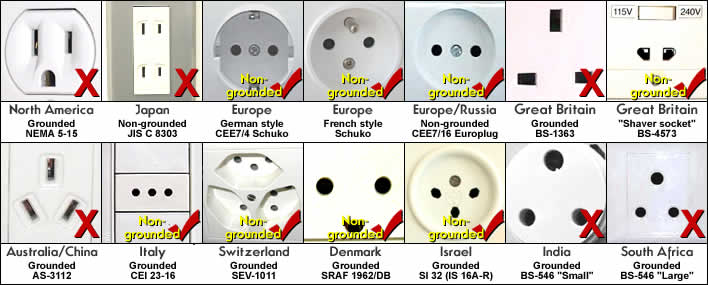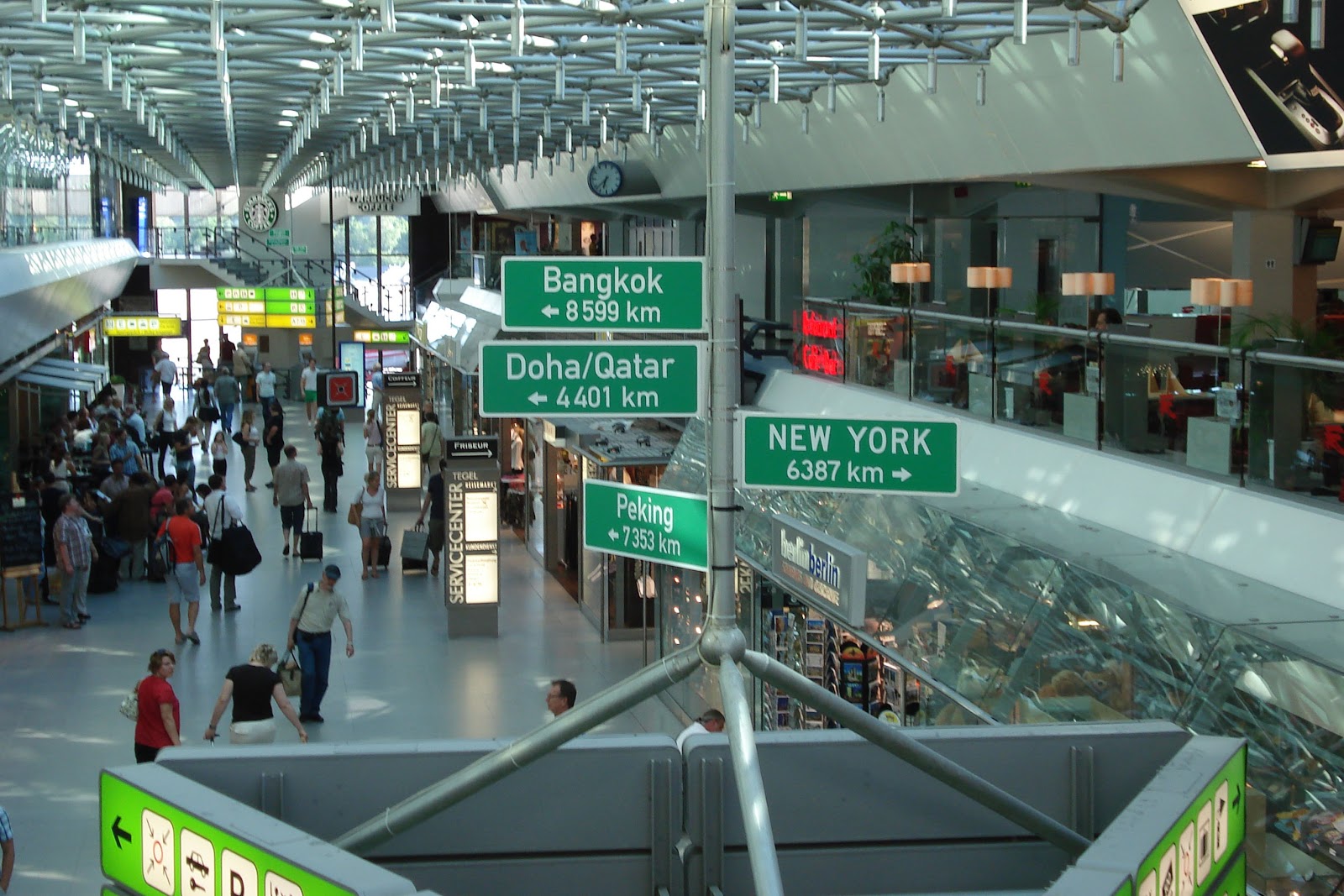|
by Paul Arnote (parnote)
Ahhh! Summertime (at least in the Northern hemisphere). Time for barbeques, swimming pool parties, camping, bicycling, fishing, going to the beach, spending time at an amusement park, and taking family trips. Here in the U.S., most people take a "vacation" from their job to enjoy these leisurely activities. In other parts of the world, they call it "going on holiday." Whatever you call it, it's a time that many people look forward to every year. It also provides a "reset" from the daily grind that we endure the rest of the year.
Certainly, you probably aren't too keen on being "out of touch" with certain aspects of your life, even when you're on vacation. So, take your PCLinuxOS laptop with you. Many will want to be able to check their email accounts. Others may want to keep abreast of the happenings in the PCLinuxOS forum before turning in at night. Still others will want a way to view their digital photos from the day, and to transfer them from SD cards to their computer. Still others may want to create a travel blog, summarizing their daily activities at the end of the day.

Although I don't travel often, I have carted one of my PCLinuxOS laptops with me every single time. To make things easier, I tend to pack everything in an inexpensive laptop backpack, where I can keep all of my computer accessories together and handy. Below are some tips for traveling with your PCLinuxOS laptop.
- Perform updates at least a couple of days BEFORE you leave on vacation. You can never be certain what your internet connection will be like at your destination, and you don't necessarily want to spend time at your destination applying updates on a slow or unreliable internet connection. Reboot your computer a couple of times after performing updates to make sure that everything works as it should. As careful and as good as the packaging team is, sometimes a seemingly simple update can break things that were working perfectly before.
- Be sure your laptop battery is in top shape. If it isn't, order a new laptop battery before you leave for vacation. And, be sure it's properly charged. In fact, it might be a good idea to have a couple of batteries -- one in the laptop, and a second one that's fully charged and ready to go in the event that your primary battery runs down.
- Insure that you have packed your AC adapter/charger.
- You might want to pick up a car charger for your laptop, especially if you are driving to your destination. It will help to insure that your battery(ies) are always charged and in top shape.

- If you are traveling abroad, be sure that you have the proper AC power plugs and power adapters for the area to which you are traveling. For example, the U.S. uses 120v, 60 Hz power, while Europe tends to use 220-240v, 50 Hz power. Plus, the plug configuration is WAY different, and can vary from country to country. Just take a look at this confusing list of the different types of plugs that are in use around the world. The image above gives you some inkling of the confusion that exists.
- Before you embark on your trip is the time to make sure that you have all of your accessories. I tend to carry a wireless mouse, a small backup wired mouse, an external USB SD card reader, a couple of blank USB flash drives, extra batteries for the wireless mouse, extra SD cards, along with the AC adapter(s). With most laptops having a touchpad, it might seem like overkill to have two mice. However, I hate touchpads, and I don't want to have to rely only on a wireless mouse that might fail (batteries go dead, signal interference, etc.) ... hence, the small wired backup mouse. The same situation exists with SD card readers. Most -- but not all -- of my laptops have a built in SD card reader. The external USB SD card reader insures that I always have a way to read the SD cards from my digital cameras.
- You'll also find extra camera supplies in my laptop backpack, like extra batteries for the camera(s) and chargers for those batteries (if applicable). There would be little that sucks more than being present for some pictures of a lifetime and having dead batteries in your camera.
- If your destination is one where the availability of a wifi connection is uncertain, you might want to think about a wireless 3G or 4G mobile wifi connection. Be cautious of data caps, however, and of roaming charges. Both can cripple your connection, as well as your finances.
- Be sure that you can afford to lose your laptop ... not that you plan to. You probably won't want to take your best/most expensive laptop. While there is the definite risk of having it stolen, chances are higher that it might end up broken or lost (left on a bus or taxi, for example). One idea is to buy a second laptop used, on the cheap, so that if anything happens to it (caught in a downpour, drop it in a lake or in the ocean, lost, stolen, etc.), you're not out all that much. If you go this route, get PCLinuxOS installed and all your applications installed a few weeks before your vacation. This will give you a chance to tweak and tune the laptop to your satisfaction. Another advantage is that this second, cheaper laptop does NOT contain any of your sensitive data files. Those stay at home, out of reach of those who'd love to get their hands on them.
- As an added "insurance policy," take an extra copy of the latest PCLinuxOS ISO on either a CD, DVD or USB flash drive. If something bad happens, you can at least reinstall the operating system and be back up and running within 20 minutes or less.

- If you're flying to your destination, DO NOT place your laptop in your checked luggage. Luggage handlers at most airports tend to treat luggage rather roughly, and including your laptop in your checked luggage is putting your laptop in the expressway towards certain damage. Instead, make it part of your carry on luggage, and store it either under the seat in front of you, or place it in your lap. Never store your laptop in the overhead luggage storage. Not only will you increase its chances for damage, it could also fall out of the overhead luggage area when other travelers are removing their luggage.
- Exercise caution when connecting your laptop to a "foreign" (unknown) wifi network. Avoid, if at all possible, connecting to open, unencrypted public wifi connections. If you must use an open and unencrypted public wifi hotspot, keep the time that you are connected to the bare minimum to get your task done. Be extra cautious about connecting to secure sites (like your bank and bank account) over open, unencrypted public wifi connections. Just don't do it. Most hotels and motels I've stayed at have secured wifi connections for their guests. Usually, all you have to do is ask for the password at the front desk. Even better yet, sign up for and use a quality VPN service for enhanced security and anonymity.
Follow these tips, and traveling with your laptop on your next vacation should be an enjoyable experience. Oh ... and we all can't wait to see pictures from your next trip!
|



